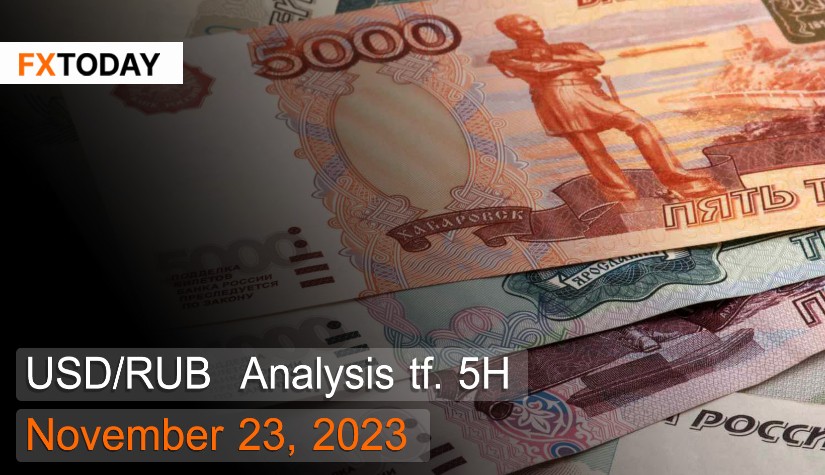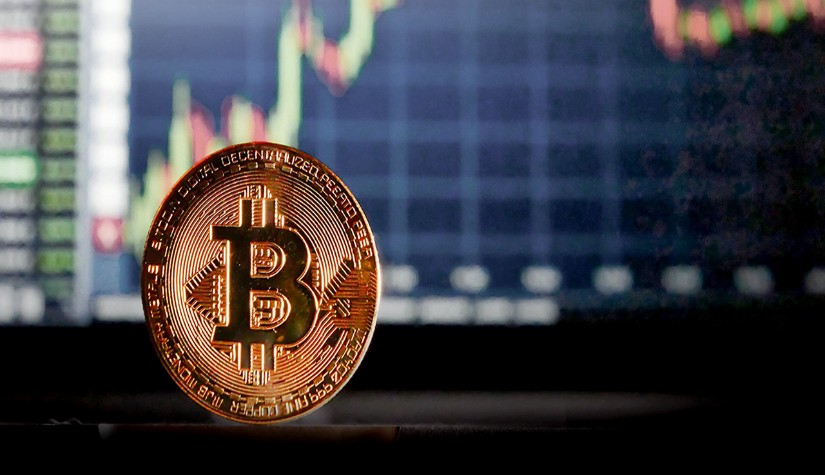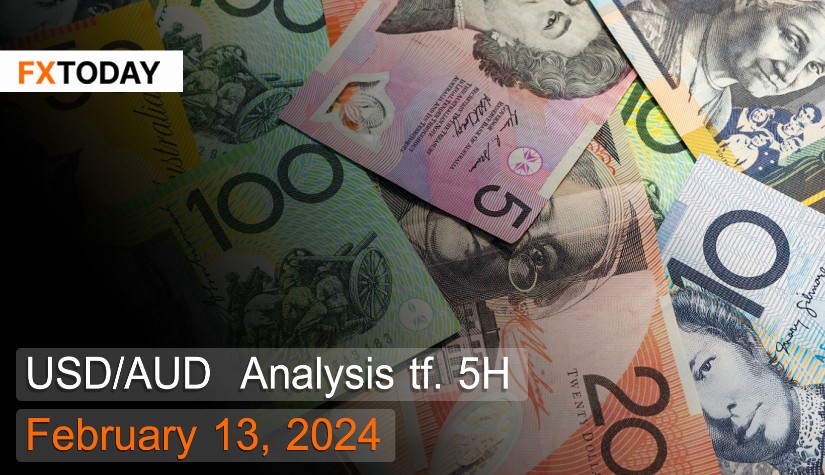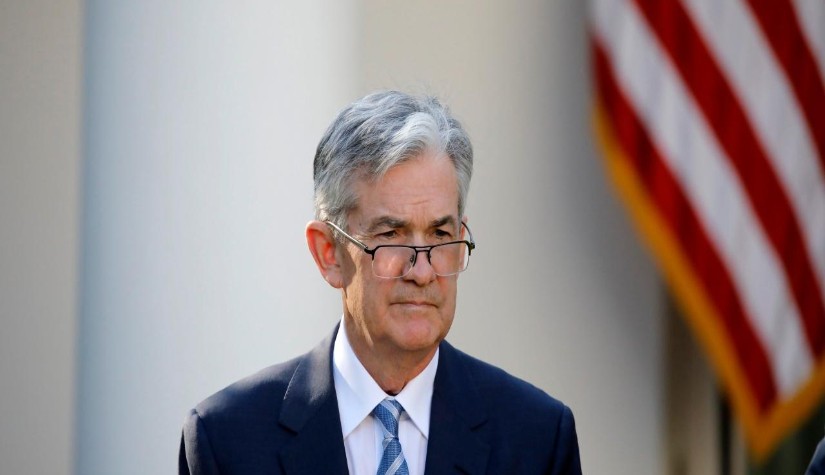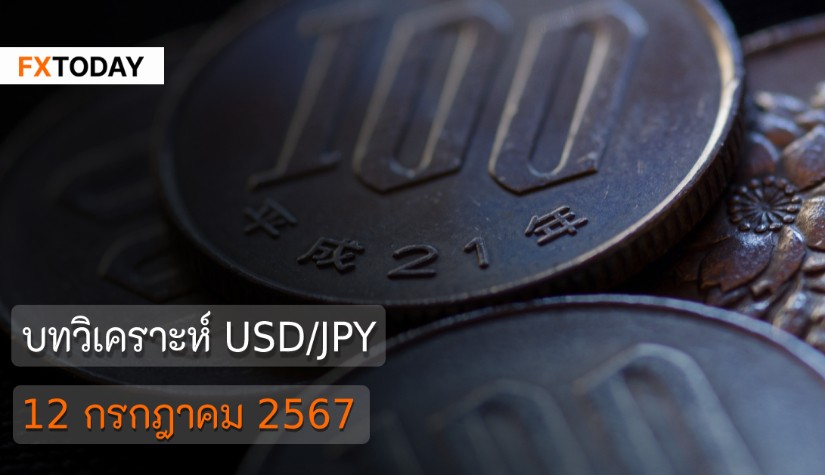The Russian economy continues to expand consistently.
The Russian ruble has strengthened rapidly, appreciating to over 89 rubles per US dollar, which is its strongest level since late June. This rise has been supported by the Central Bank of Russia's (CBR) increasingly stringent monetary policies. Additionally, there has been an influx of foreign currency inflows, propelled by measures from President Putin, obliging companies focused on exports to convert their earnings into rubles from 43 entities.
Meanwhile, the selling of assets by Western companies has been continuous. Concerns about exchange rates have started to diminish. Consumer goods remain a significant revenue generator for Russia, despite the decline in oil prices from the European Union and the United States. Russia has managed to bypass this decline by exporting crude oil via sea routes.
Russia's Gross Domestic Product (GDP) expanded by 5.5% year-on-year in the past quarter, surpassing market expectations of 4.8%. This growth rate is the fastest since the second quarter of 2021. The increased GDP figure received a boost from rising consumer goods prices and a recovering supply chain supported by government stimulus.
Although Russia's balance of trade deficit increased compared to the previous quarter, rising by $16.6 billion, it significantly reduced from $47.5 billion during the same period last year. The ongoing service trade deficit remains a major concern and impacts long-term treasury issues.
The Producer Price Index (PPI) in Russia surged to 21.6% year-on-year in October, accelerating from 17.6% in the previous month. This occurred amidst labor shortages and production pressure. Additionally, the CBR's interest rate hike is a significant factor driving up production costs.
The yield on Russian 10-year government bonds stabilized at around 12% in the latter half of November. Despite the CBR's stringent monetary policies, volatility in currency and the country's stability remain significant reasons for investors' hesitance to invest in Russian government bonds. Moreover, the government's budget deficit and increased spending on warfare continue to pose risks to Russia's fiscal health.
Techical analysis data (5H)
Resistance: 88.5625, 88.7341, 88.9794
Support: 88.1456, 88.1456, 87.7287
Source: Investing.com
| Name | S3 | S2 | S1 | Pivot Points | R1 | R2 | R3 |
| Classic | 87.7287 | 87.9003 | 88.1456 | 88.3172 | 88.5625 | 88.7341 | 88.9794 |
| Fibonacci | 87.9003 | 88.0596 | 88.1579 | 88.3172 | 88.4765 | 88.5748 | 88.7341 |
| Camarilla | 88.2762 | 88.3144 | 88.3526 | 88.3172 | 88.4290 | 88.4672 | 88.5054 |
| Woodie's | 87.7655 | 87.9187 | 88.1824 | 88.3356 | 88.5993 | 88.7525 | 89.0162 |
| DeMark's | - | - | 88.2313 | 88.3601 | 88.6483 | - | - |
Buy/Long 1: If the price touches support in the price range of 88.1456 - 88.1456 but cannot break the support at 88.1456, you may set a TP at approximately 88.7341 and SL at around 87.7287 or according to your acceptable risk.
Buy/Long 2: If the price breaks the resistance in the price range of 88.5625 - 88.7341, you may set a TP at approximately 88.9794 and SL at around 88.1456 or according to your acceptable risk.
Sell/Short 1: If the price touches resistance in the price range of 88.5625 - 88.7341 but cannot break the resistance at 88.5625, you may set a TP at approximately 88.1456 and SL at around 88.9794 or according to your acceptable risk.
Sell/Short 2: If the price breaks the support in the price range of 88.1456 - 88.1456, you may set a TP at approximately 87.7287 and SL at around 88.7341 or according to your acceptable risk.
| Name | Value | Action |
| RSI(14) | 39.640 | Sell |
| STOCH(9,6) | 69.858 | Buy |
| STOCHRSI(14) | 99.900 | Overbought |
| MACD(12,26) | -0.536 | Sell |
| ADX(14) | 40.776 | Buy |
| Williams %R | -22.739 | Buy |
| CCI(14) | 70.7957 | Buy |
| ATR(14) | 0.2775 | Less Volatility |
| Highs/Lows(14) | 0.0755 | Buy |
| Ultimate Oscillator | 48.547 | Sell |
| ROC | 0.084 | Buy |
| Bull/Bear Power(13) | 0.0569 | Buy |
|
Buy:7 Sell:3 Neutral:0 Summary:Strong Buy |
||

